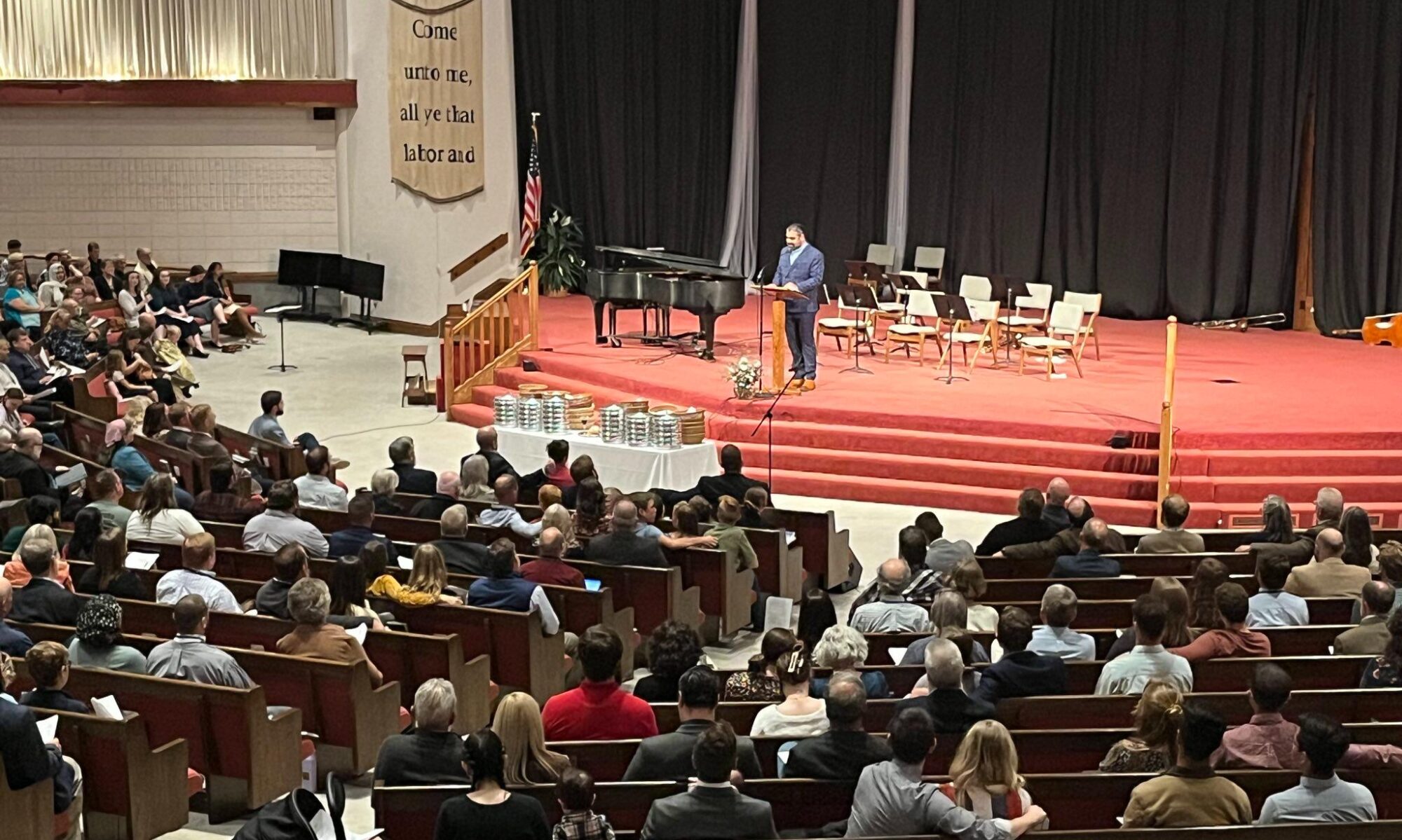“Maundy” comes from the Latin Mandatum. The word comes from Jesus’ command on the Last Supper to love one another just as He loved them (Jn. 13). The message of love is central to the Gospel message. Some Evangelicals are all too quick to set the topic of love aside because it draws our attention away from the more important doctrinal disputes and discussions. Yet Paul and our blessed Lord keep bringing us back to this theme of love. God is love. No, love is not God, but it is very much a foundational aspect of all His actions toward us in Christ Jesus.
Maundy Thursday then becomes a special historical reminder that we are called to be a people of love. In I Corinthians 13, Paul said that if love is absent, our actions become like clanging cymbals. The very core of Paul’s exhortation to love occurred in the midst of a dying Church, namely the Corinthian Church. Paul’s application then is an ecclesiastical command. In the same manner, our blessed Lord on the night in which he was betrayed– by that unclean man called Judas– called us to a greater love ethic as a people. It was not an ethic foreign to our Lord. What Jesus commands is first and foremost something he has experienced and displayed already. To a greater extent, our Lord proves that love in a cross of hate. By sacrificing Himself on that cruel tree He turned the symbol of hate into one of the most beloved symbols in the Christian life.
It is then very appropriate that our Lord would command us to love as a response to the Last Supper. This is the case because in the Supper we are being re-oriented in our affections for one another. The Supper is a meal of love and Jesus would transform that meal in His resurrection. He would glorify love for His new disciples. He would become Himself the manna from heaven that would bring joy to this newly created community.
Love is most clearly displayed and obeyed in this new fellowship of disciples we call the Church. This is why Maundy Thursday was a significant historical event. It was not just a didactic lesson for the disciples, it was also a meal that sealed the theme of love for this new community that would emerge from the darkness of the tomb.

